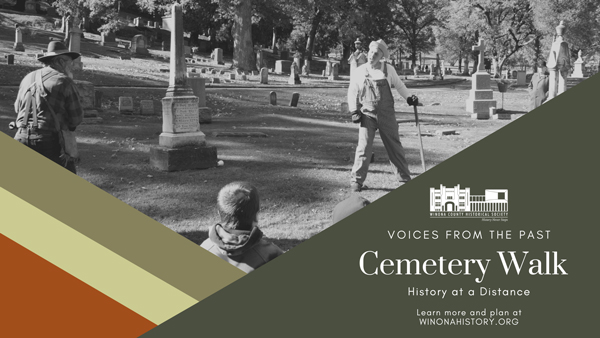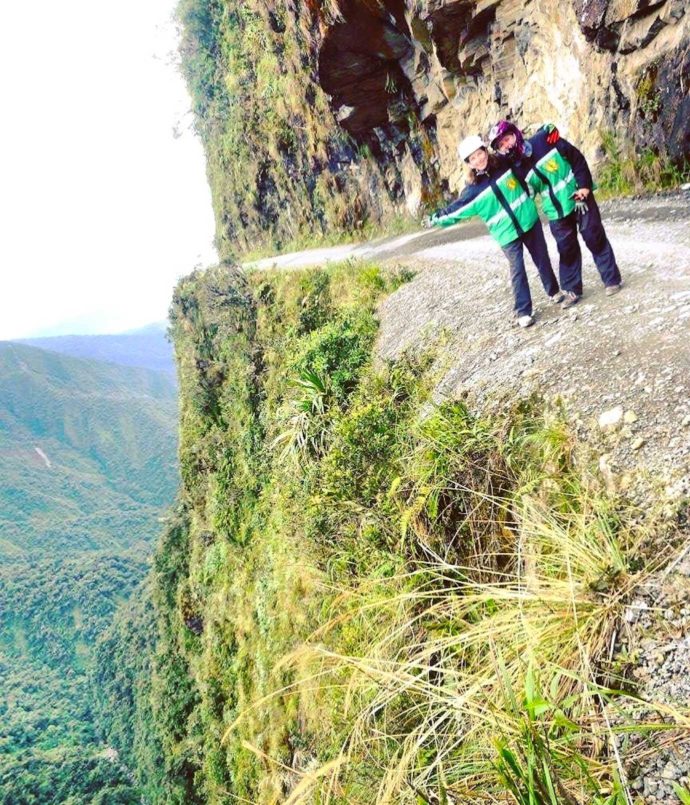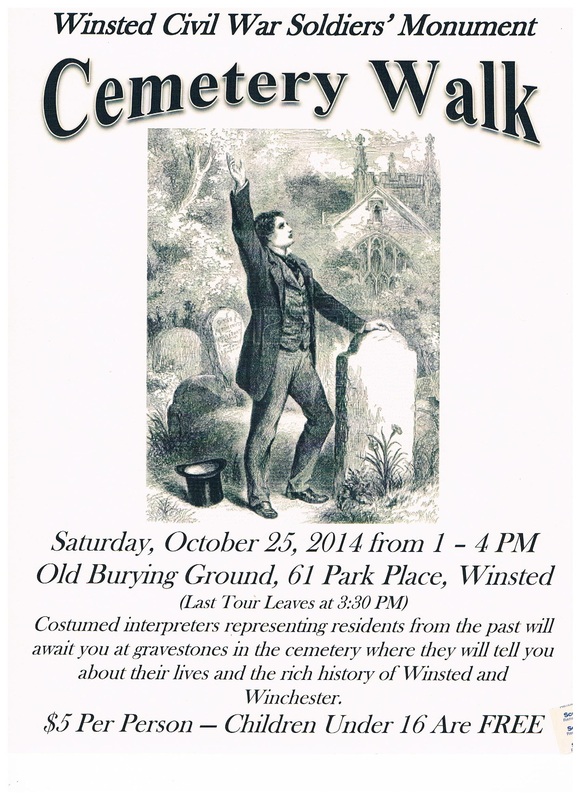
The supernaturalisation of places appears as a socially embedded set of practices that involves storytelling and ritual behaviour. The first section “Explorations in Place-Lore” discusses cursed and sacred places, churches, graveyards, haunted houses, cemeteries, grave mounds, hill forts, and other tradition dominants in the micro-geography of the Nordic and Baltic countries, both retrospectively and from synchronous perspectives.

This book addresses the narrative construction of places, the relationship between tradition communities and their environments, the supernatural dimensions of cultural landscapes and wilderness as they are manifested in European folklore and in early literary sources, such as the Old Norse sagas. Even if the term Stállu and other elements in the Sámi traditions surrounding it seem borrowed from Scandinavian, the Sámi may well have had similar traditions prior to borrowing the term. In the Modern Norwegian dialects, this word, stål, is common in meanings such as ‘a compressed mass of live beings a crowd, flock, school’, which fits very well. Therefore, I suggest an Old Norse *stál as the source for Stállu and Ståle. is the swarming host – of dead spirits, elves, or other, with their riding or draught animals. Instead, I suggest a different etymology for Stállu / Ståle and argue that the essence of the tradition of the Juovlastállu / Stålesferda / Oskoreia etc. I agree with this, but argue that the Scandinavian word that has been suggested as the source is implausible. This, and the fact that Stállu seems to be a loanword because it has an initial consonant cluster, which Sámi in principle does not have, is the basis for a suggestion that the character Stállu and much of the tradition connected to him is a loan from an early Scandinavian Ståle tradition. Stállu is a kind of troll in Sámi tradition, but one variant of it, the Juovlastállu ‘Yule Stállu’, is connected to Christmas and greatly overlaps with the Oskoreia / Juleskreia / Julereia tradition of the Wild Hunt, which in the district of Setesdal is called Stålesferda, a name indicating that it is led by Ståle.

In this article, I discuss whether there is a connection between the Sámi tradition of Stállu and the Southern Norwegian tradition of Ståle and Stålesferda. By highlighting texts as a source we thereby give attention to how we use texts in our investigating process and thus explore and explain our methodological apparatus and the potential ideological and material properties in texts. This diversity of textual sources represents official, “private”, academic, and artistic texts written by individuals and groups from different social and cultural backgrounds.

In this volume, Fredrik Skott studies magic by making use of juridical laws and trials documents, Stephen Mitchell and Ane Ohrvik investigate individual manuscript writings, Catharina Raudvere uses ethnographic fieldwork notes and Laura Stark reads personal memoirs, while Clive Tolley and Aðalheiður Guðmundsdóttir study Old Norse literature. Another intention of this volume is to explore and problematize texts as a source: How do we read texts? Whose voices do we interpret? What is the relationship between the magical beliefs and practices we are studying - and the texts? In the study of magical beliefs and practices in Nordic cultural history, a great variety of textual sources are available. What was the everyday context of magic and witchcraft in the medieval, early modern and modern period in the Nordic countries? How did people pass on their magical knowledge? What was the dialectics between magical knowledge as beneficial on one hand and dangerous on the other within the different communities? In what way and by whom were traditional methods of folk healing practices considered to be a crime? And how does this relate to general ideas on magicin the communities? By asking these questions the intention of this volume is to provide studies communicating and discussing with as well as challenging the long line of research on magic.


 0 kommentar(er)
0 kommentar(er)
